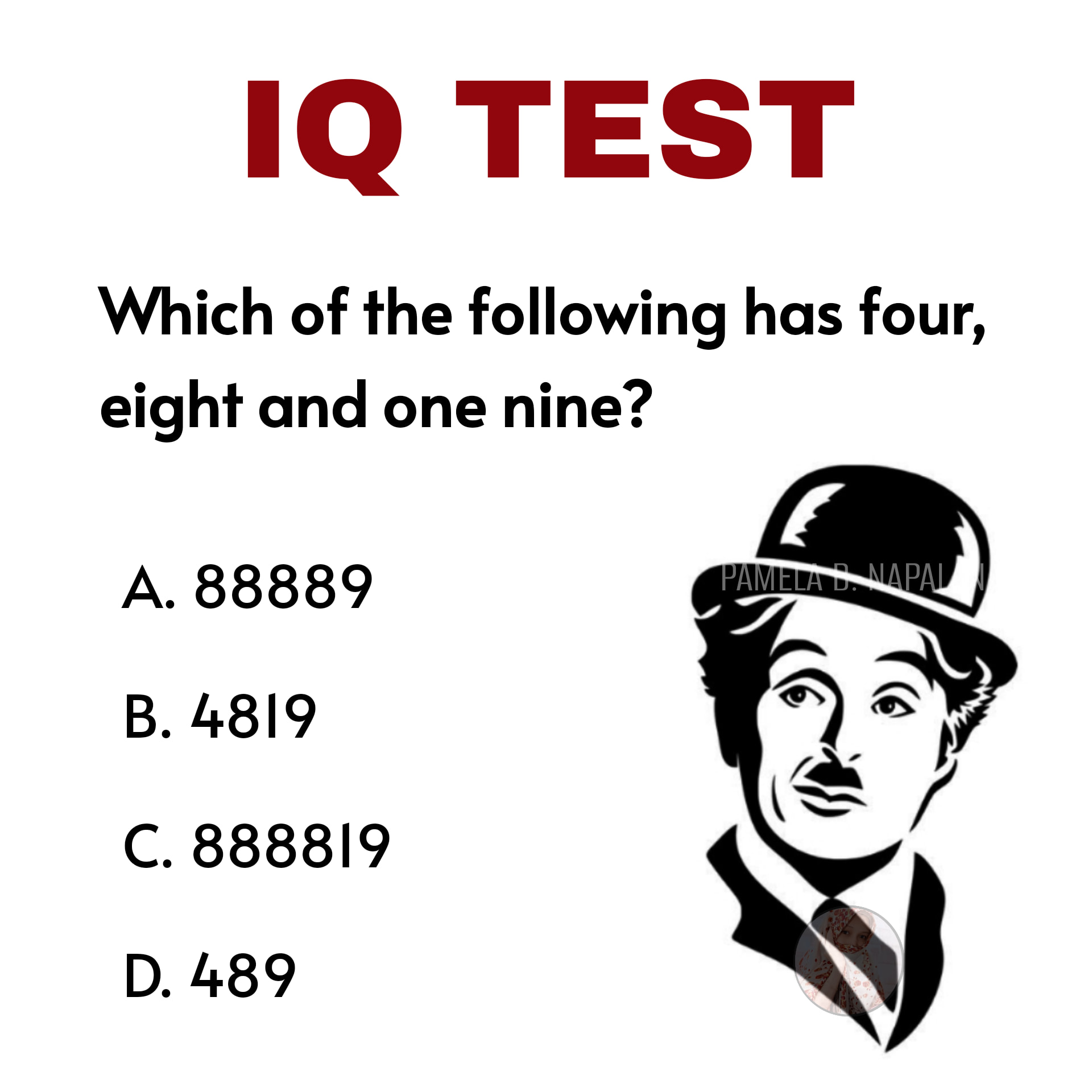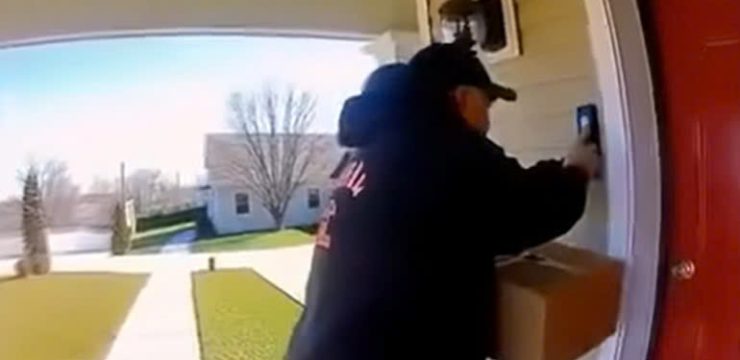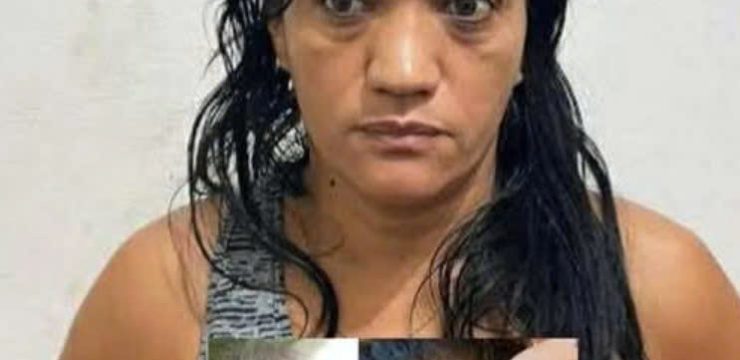Among the many IQ puzzles that make their rounds on the internet, there’s one in particular that has people second-guessing themselves—and it’s not because it’s complicated. In fact, what makes this riddle so brilliant is its deceptive simplicity. At first glance, it appears to be a straightforward question, just asking you to count certain digits in a number.

Sounds easy enough, right? But if you approach it that way, you’re likely to walk straight into a mental trap. Here’s the puzzle that has even the most logical minds doing a double take: “Which of the following has four, eight and one nine?” At first, you might think this is a simple count-the-digits challenge, where you look at the numbers and see which one contains exactly four 8s and one 9. The options are A. 88889, B. 4819, C. 888819, and D. 489. Your natural instinct might tell you to scan the numbers, count how many 8s, 9s, and other digits each contains, and match them up to what’s being asked.
But here’s the twist—it’s not that kind of puzzle at all. This isn’t just about the digits you see; it’s about how the number sounds when spoken aloud. The real trick is in the phrasing: “four, eight and one nine.” At first, that sounds like it’s referencing the quantity of certain digits, but try saying each option out loud and you’ll realize the riddle is playing on phonetics, not mathematics. Let’s break that down. Option A, 88889, when read aloud becomes “eight eight eight eight nine.” Sure, it contains exactly four 8s and one 9, which might make it seem like the obvious answer. But it doesn’t have the number “four” or “one” in it, which are explicitly mentioned in the original question. So even though the digits technically match the quantities, it doesn’t align with the phrase as a whole. Option B is 4819. Now read that out loud: “four eight one nine.” That’s exactly what the question asks for—“four, eight and one nine.”
This is the only option that mirrors the phrasing both in numbers and in how it sounds. This is the kind of trick question that rewards lateral thinking, where the answer is hidden in plain sight but only reveals itself when you change your perspective. Option C, 888819, when spoken becomes “eight eight eight eight one nine.” While it does include four 8s, a 1, and a 9, it misses the number four entirely. Again, it’s close, but not quite there. Option D, 489, reads “four eight nine,” which is missing the “one.”
So it also doesn’t fully match the riddle’s requirements. That leaves us with the clear winner: Option B, 4819. It perfectly matches the phrase when spoken aloud and doesn’t rely on you doing any complex calculations or digit-counting gymnastics. This puzzle is a great reminder that IQ questions aren’t always about number crunching or complex logic. Sometimes, they test your ability to pick up on subtle language cues and challenge your ability to think creatively. It’s the kind of riddle that makes you realize how much we rely on visual interpretation rather than auditory reasoning. If you initially picked Option A because it had four 8s and a 9, don’t feel bad—most people do. That’s exactly what makes this puzzle so clever. It’s not trying to trip you up with numbers; it’s trying to get you to look beyond them. And if you figured out that the question was referencing how the number sounds rather than what it contains—then congrats! You have an ear for nuance and a mind that sees beyond the surface. In a world full of brain teasers designed to trick you with complexity, this one uses simplicity as its ultimate tool. It disguises a word puzzle as a number riddle, and in doing so, shows just how important it is to think outside the box.





